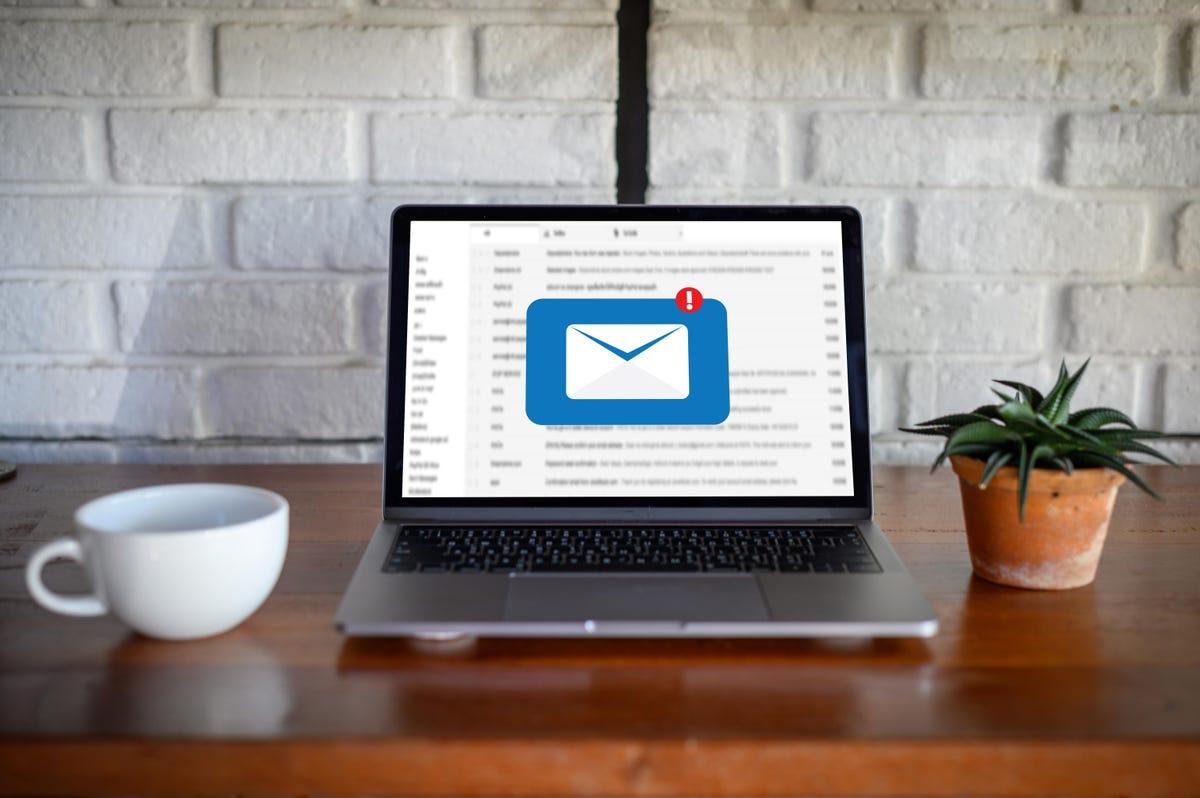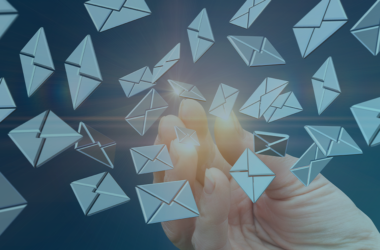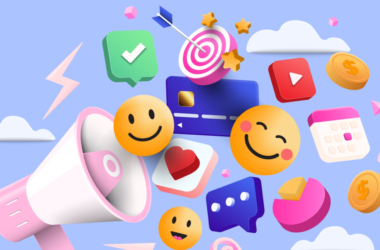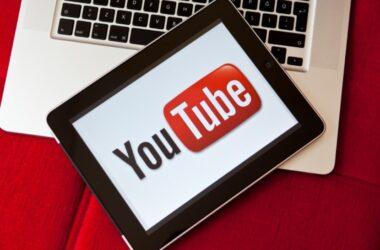When it comes to email marketing, following up is an essential part of the process. A well-crafted follow-up email strategy can help you get more responses, increase customer engagement, and build relationships with potential and existing customers. In this blog post, we’ll discuss the importance of following up, when to send a follow-up email, and tips for optimizing your following up email strategy for maximum efficiency.
What is a Following Up Email Strategy?
A following up email strategy is a set of specific steps you can take to ensure that your emails are read and responded to. This includes sending follow-up emails after no response, how to craft a follow-up message, and how long to wait before sending a follow-up email.
The goal of a following up email strategy is to increase the chances of getting a response from your customer. By creating a plan for how and when to reach out, you can ensure that your message is seen and responded to in a timely manner.
The first step in creating a successful following up email strategy is to understand the importance of following up. Following up is an essential part of any email marketing strategy, as it shows that you value the customer’s time and are interested in keeping the conversation going.
In addition to showing your customers that you value their time, following up also helps to build relationships with potential and existing customers. By sending timely and relevant follow-up emails, you can show that you are listening and responding to their needs.
Finally, following up helps to increase customer engagement. By sending timely and relevant follow-up emails, you can keep the conversation going and increase the chances of getting a response from your customer.
Benefits of a Following Up Email Strategy
The benefits of a following up email strategy are numerous. Here are just a few of the benefits that you can expect to see when you start using a following up email strategy:
- Increase response rates: Following up on emails can significantly increase response rates. By sending timely and relevant follow-up emails, you can make sure that your message is seen and responded to in a timely manner.
- Build relationships: Following up on emails helps to build relationships with potential and existing customers. By showing that you value their time and are interested in keeping the conversation going, you can create stronger relationships with your customers.
- Increase customer engagement: Following up on emails helps to increase customer engagement. By sending timely and relevant follow-up emails, you can keep the conversation going and increase the chances of getting a response from your customer.
- Improve customer satisfaction: By showing that you value their time and are interested in keeping the conversation going, you can significantly improve customer satisfaction.
- Boost sales: By increasing customer engagement, you can boost sales and increase your bottom line.
When to Send a Follow Up Email
When it comes to following up on emails, timing is everything. You don’t want to send too many follow-up emails, as this can be irritating to customers. However, you also don’t want to wait too long, as this can decrease the chances of getting a response.
The best time to send a follow-up email is within 24 to 48 hours after the initial email has been sent. This gives the customer time to read and respond to your message, while also ensuring that your message is not forgotten.
However, if you don’t get a response within 48 hours, you should consider sending a second follow-up email. The second follow-up email should be sent within five to seven days after the initial email. This gives the customer enough time to respond, while also ensuring that your message is not forgotten.
Tips for Following Up on Non Response Cold Emails
When you don’t get a response from a cold email, it’s important to remember that there are a few things you can do to increase the chances of getting a response. Here are a few tips for following up on non response cold emails:
- Personalize the message: When following up on a cold email, it’s important to personalize the message. This will show the customer that you are paying attention to their needs and are interested in continuing the conversation.
- Change the subject line: When following up on a cold email, it’s important to change the subject line. This will help to ensure that the customer will open the email and read it.
- Add value: When following up on a cold email, it’s important to add value to the message. This could include sharing relevant resources, offering discounts, or providing additional information about the product or service.
- Be patient: When following up on a cold email, it’s important to be patient. If the customer doesn’t respond to the first or second follow-up email, wait a few days before sending a third follow-up email.
- Don’t give up: Finally, when following up on a cold email, it’s important to not give up. Most customers need a few follow-up emails before they respond, so don’t be discouraged if the customer doesn’t respond to the first or second follow-up email.
By following these tips for following up on non response cold emails, you can increase the chances of getting a response and build relationships with potential and existing customers.
Conclusion
Following up is an essential part of any email marketing strategy. By understanding the importance of following up, when to send a follow-up email, and how to optimize your following up email strategy for maximum efficiency, you can get more responses, increase customer engagement, and build relationships with potential and existing customers.
To learn more about following up and optimizing your following up email strategy, make sure to check out the Reply Guide to Following Up Emails. It contains everything you need to know about following up on emails, from when to send a follow-up email to tips for optimizing your following up email strategy for maximum efficiency.






